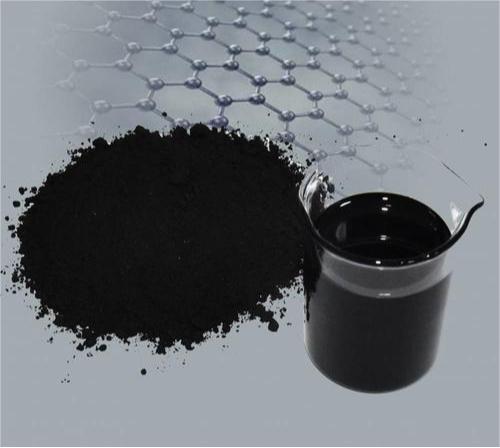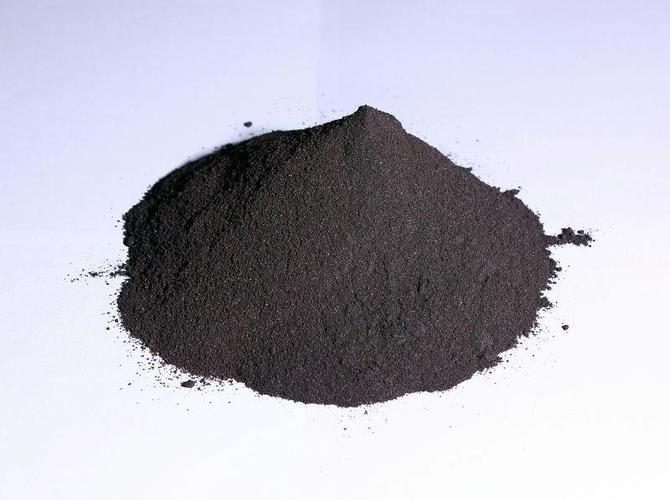Graphene is a two-dimensional material that has unique properties that make it ideal for use in various fields, including medicine. Graphene has been studied extensively due to its potential to revolutionize healthcare by improving drug delivery, diagnostics, and treatments.
(how can graphene be used in the human being for health?)
One of the most promising applications of graphene in medicine is its ability to improve drug delivery. Graphene has been shown to improve the efficiency and specificity of drug delivery systems by reducing the amount of that needs to be delivered to the body. This is particularly important for drugs that are not easily absorbed by the body or are too toxic to be taken orally.
Another application of graphene in medicine is its ability to improve diagnostics. Graphene-based sensors have been developed that can detect diseases at an early stage, which can lead to better treatment outcomes. For example, graphene-based biosensors can be used to diagnose diseases such as diabetes, cancer, and heart disease at an early stage, allowing doctors to provide more effective treatment.
Graphene also has potential applications in the development of new treatments. Graphene-based materials can be used to develop new drugs that target specific cells or tissues within the body. This could lead to the development of new therapies for conditions such as cancer, Alzheimer’s disease, and Parkinson’s disease.
In addition to these applications, graphene has the potential to improve the overall effectiveness of medical devices. Graphene-based materials can be used to design and manufacture medical implants that are stronger, lighter, and more durable than traditional materials. These implants can be used to treat a wide range of medical conditions, including heart disease, stroke, and spinal cord injuries.
Despite its many potential benefits, there are still some challenges associated with using graphene in medicine. One challenge is the cost of producing graphene. While graphene is a highly valuable material, its production costs are currently very high. This makes it difficult to use graphene in medicine on a large scale.
Another challenge is the complexity of manufacturing graphene-based materials. Graphene has a complex structure that makes it difficult to produce small, precise batches of materials. This requires specialized equipment and expertise.
Despite these challenges, there are several ongoing efforts to improve the production process and reduce the cost of graphene. Researchers are working to develop new methods for growing graphene, as well as exploring ways to optimize the production process to reduce waste and increase efficiency.
(how can graphene be used in the human being for health?)
Overall, graphene has great potential to improve the field of medicine. Its unique properties, including improved drug delivery, diagnostics, and treatments, make it an exciting area of research. However, there are still some challenges associated with using graphene in medicine, and researchers are actively working to overcome them. As the technology continues to evolve, we can expect to see even more innovative uses of graphene in medicine in the future.
Inquiry us




